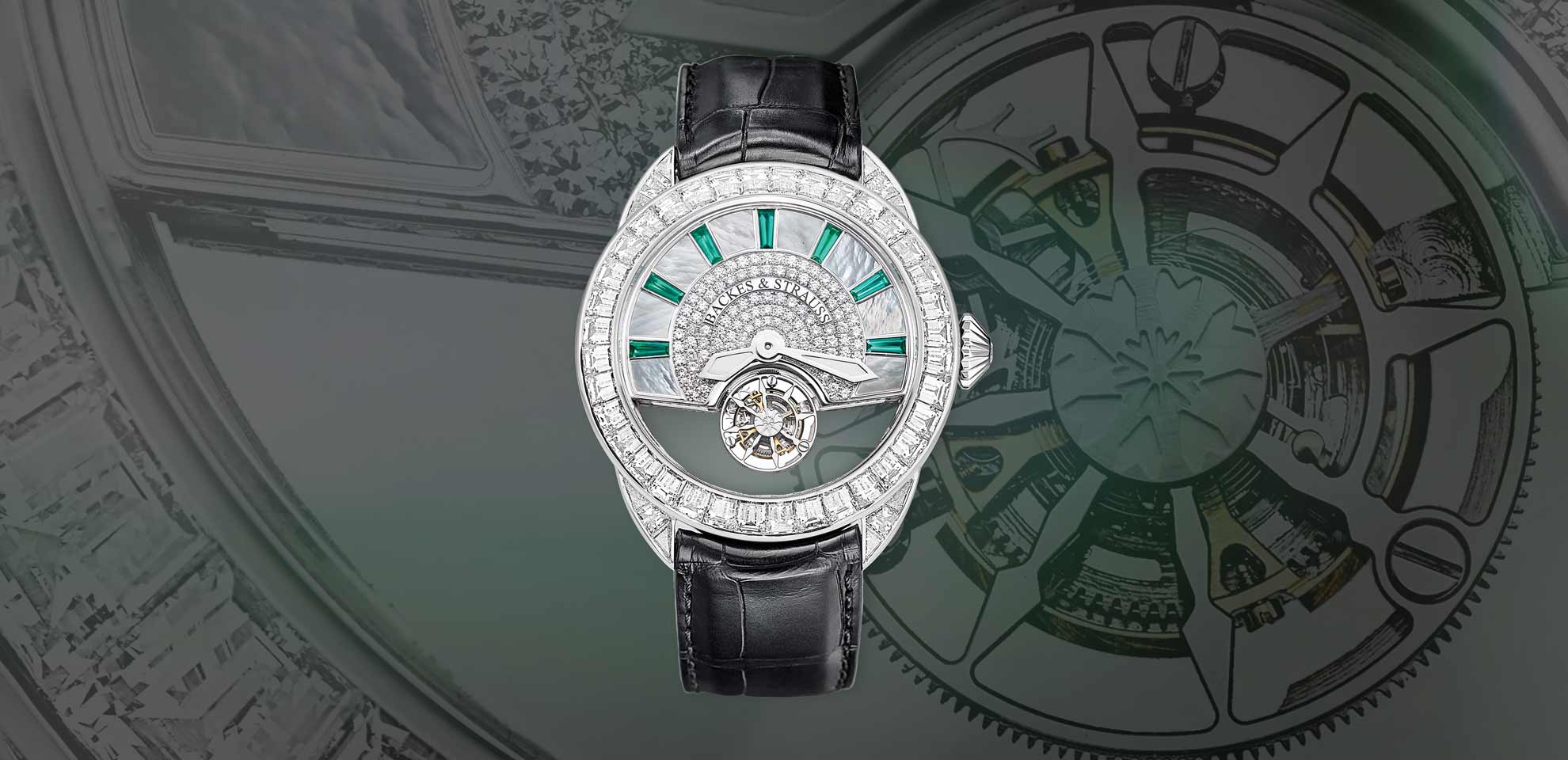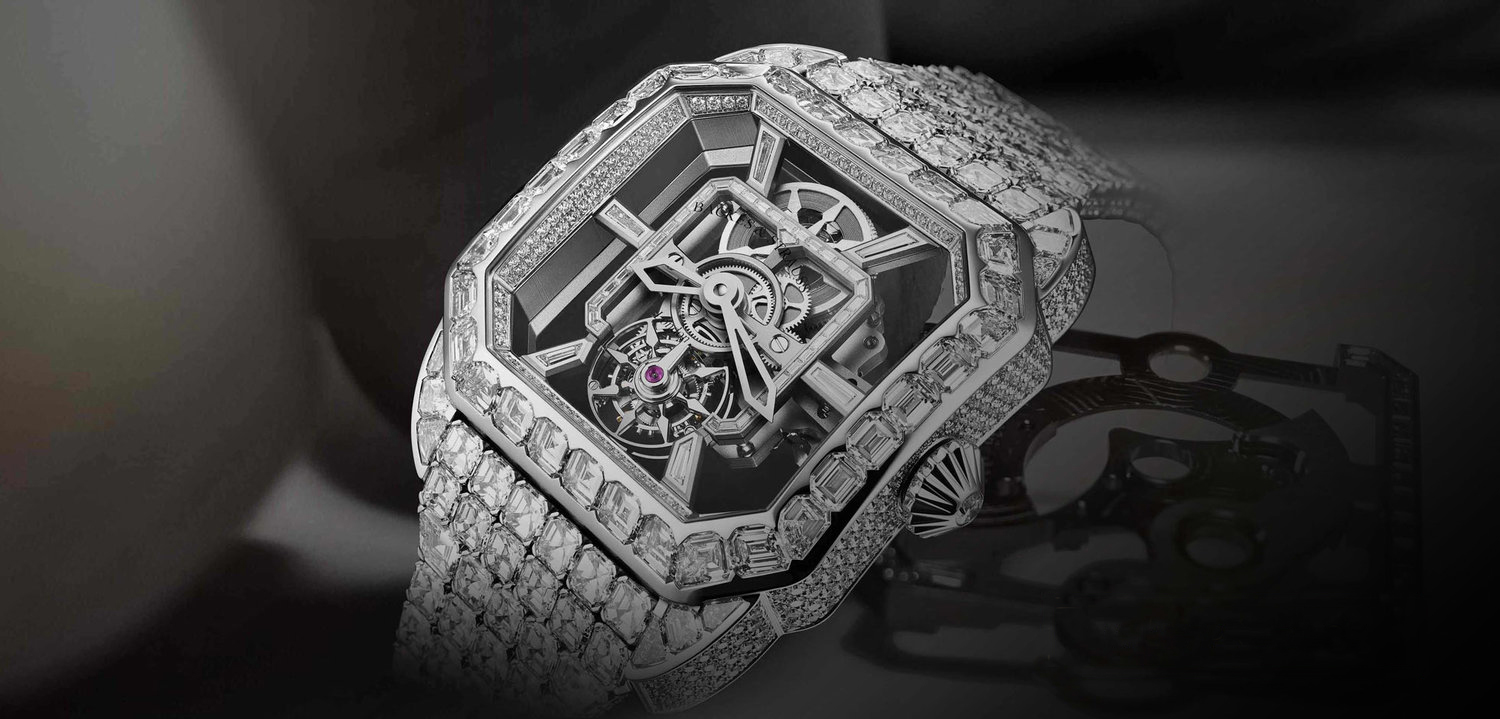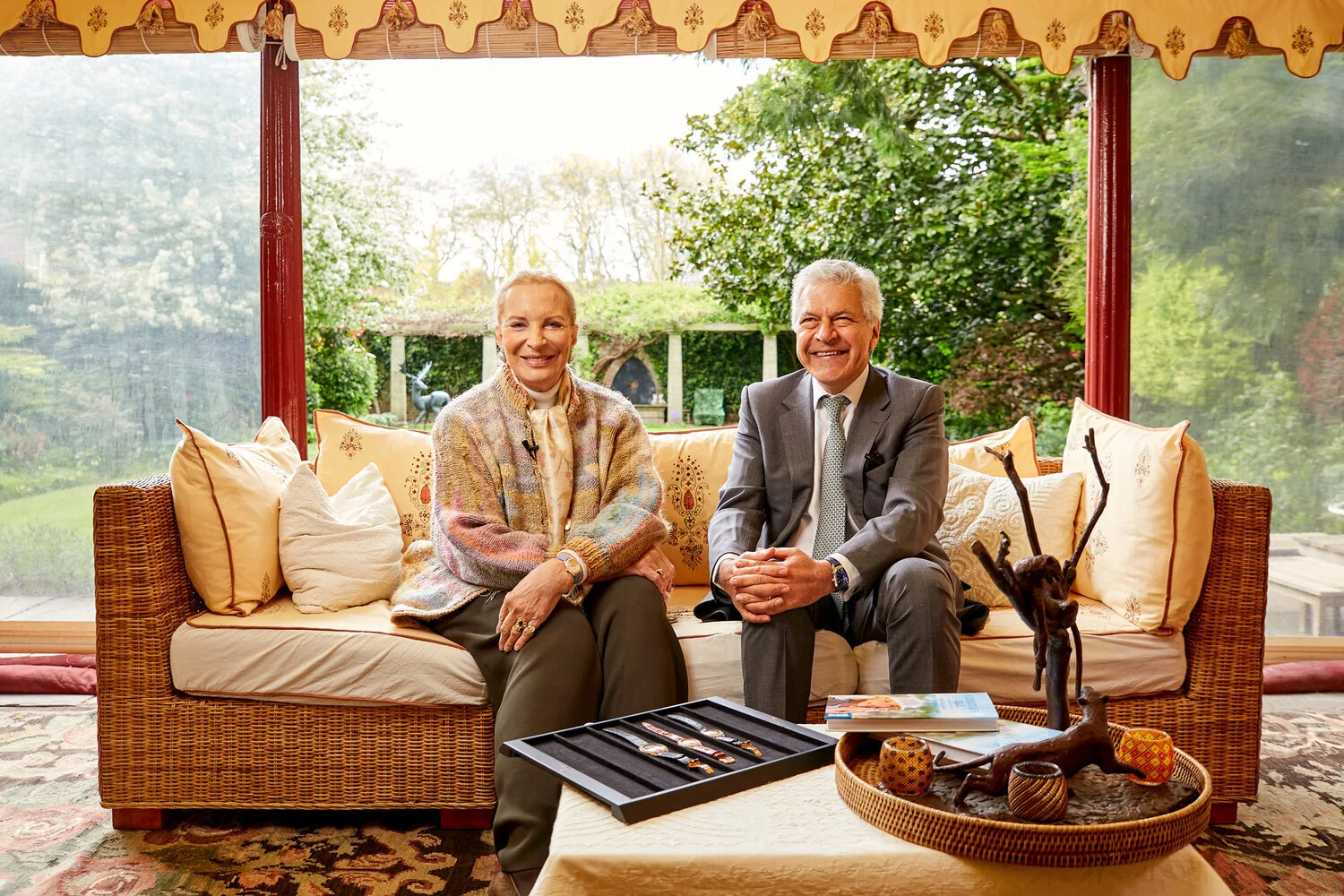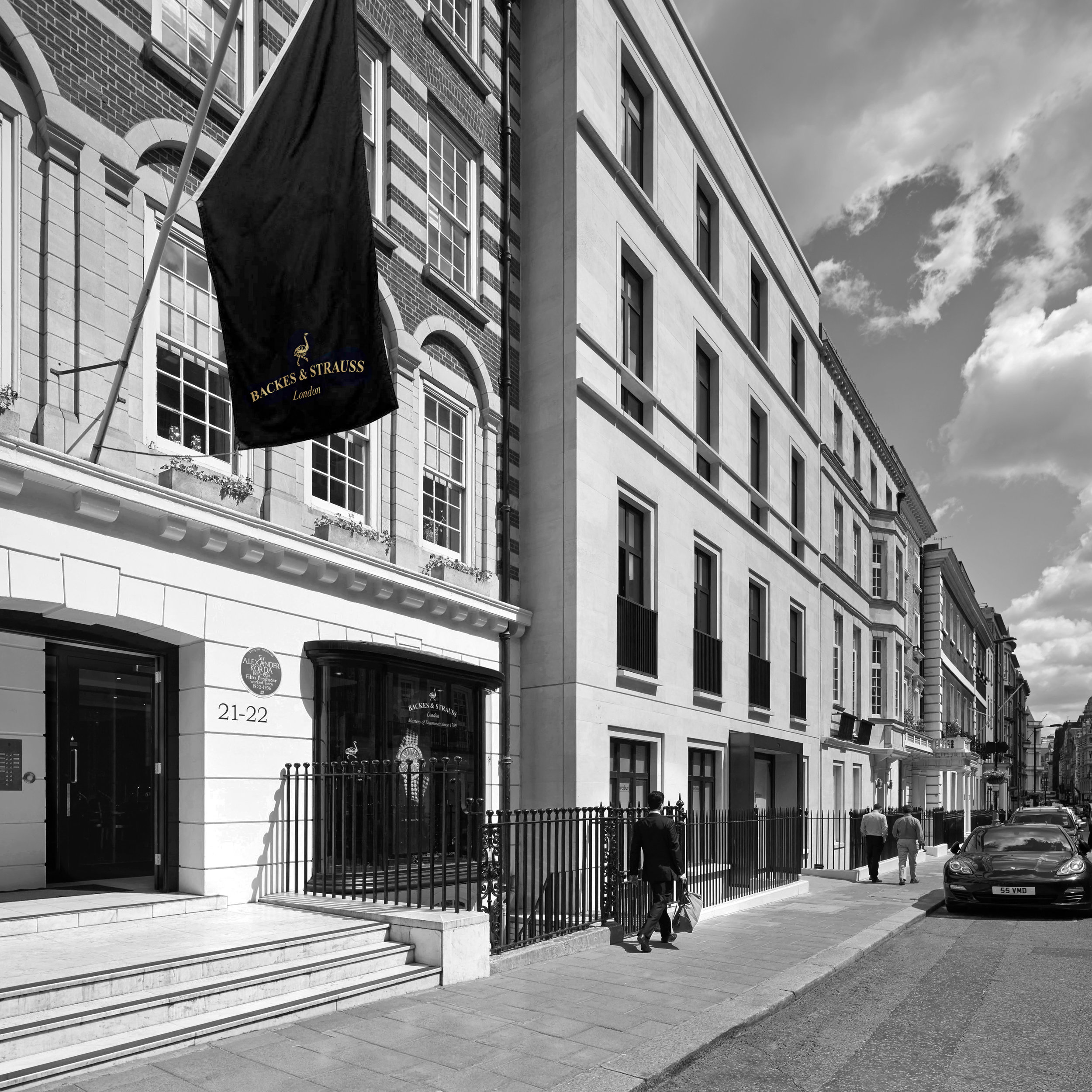A Whirlwind of a Watch
Negating the Effects of Gravity
The invention of the tourbillon movement dates back to the late 18th century. Its mechanics feature a spinning element, which prevents the timepiece from stopping or functioning erratically when kept in a stagnant position for too long. Essentially, the tourbillon stops the escapement of the part, which regulates the power of the mainspring, from being in the same position for too long, ensuring a constant delivery of power. Simply put, the tourbillon serves to negate the effects of gravity.
As well as being crucial to the smooth functioning of certain timepieces, this movement is also aesthetically pleasing. It is no surprise then that tourbillon watches have remained widely popular until this day and age.
The mechanics of the tourbillon was first developed by a Cornishman named John Arnold, who unfortunately passed away before he could perfect it. It was the French watchmaker Breguet who managed to complete and patent it under his name. Hence its French name; tourbillon literally translates itself as ‘whirlwind’.
Backes & Strauss' First Tourbillon Timepiece
Backes & Strauss first introduced the tourbillon movement in a pocket watch set with baguette diamonds; the Beau Brummell Tourbillon Pocket Watch. It was designed to celebrate - and named after an iconic figure in Regency England, Mr. Beau Brummell. Brummell was at one time a close friend of the Prince Regent and remains to be the quintessential figure of British men’s fashion today.
The Royal Berkeley Emperor Tourbillon
A few years after the release of the Beau Brummell Tourbillon Pocket Watch, Backes & Strauss decided to embark on another whirlwind challenge to create the Royal Berkeley Emperor Tourbillon, a truly unique piece, which joined the collection of Emperor timepieces within the Royal series.
This unrivalled timepiece consists of invisibly set baguette diamonds on the case and a full diamond bracelet with bespoke diamonds cut and polished in the same shape as the case of the watch. The movement of the emperor is entirely bespoke: the hand-winding skeleton tourbillon movement is exclusively developed by master watchmakers and decorated with Backes & Strauss signature motifs. On the tourbillon and other wheels you can observe features such as the arrows derived from the hearts and arrows patterns of an Ideal Cut diamond. The bridge that houses the movement is shaped in the form of the case and is set with baguette diamonds both from the top and the back
Introducing the Piccadilly 45 King Tourbillon
We are now delighted to announce the advent of our brand new Piccadilly 45 King Tourbillon. Just like our Emperor collection, the bespoke tourbillon made for this series, which is visible from the cut away dial, is decorated by the same signature arrows motif. The white mother-of-pearl dial is set with 7 baguette cut emeralds, which act as hour markers, and 138 white Ideal Cut diamonds. From the open back case we can see the rotor of the automatic tourbillon movement engraved with the London skyline. The rest of the movement is set with 204 white Ideal Cut diamonds. The white gold case is set with 48 baguette diamonds specially polished to look spectacular in the curved and contoured case of the Piccadilly.
In conclusion, Backes & Strauss are not kidding when they say that their masterpieces are the result of the meeting of master craftsmen; from the master diamond polisher and setter to the master watchmaker, Backes & Strauss is the watch brand one should consider when looking for a timepiece that is as precious as time itself.


































